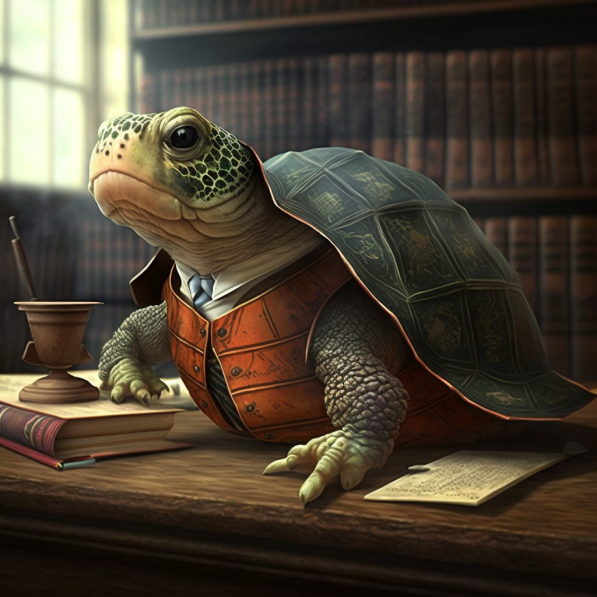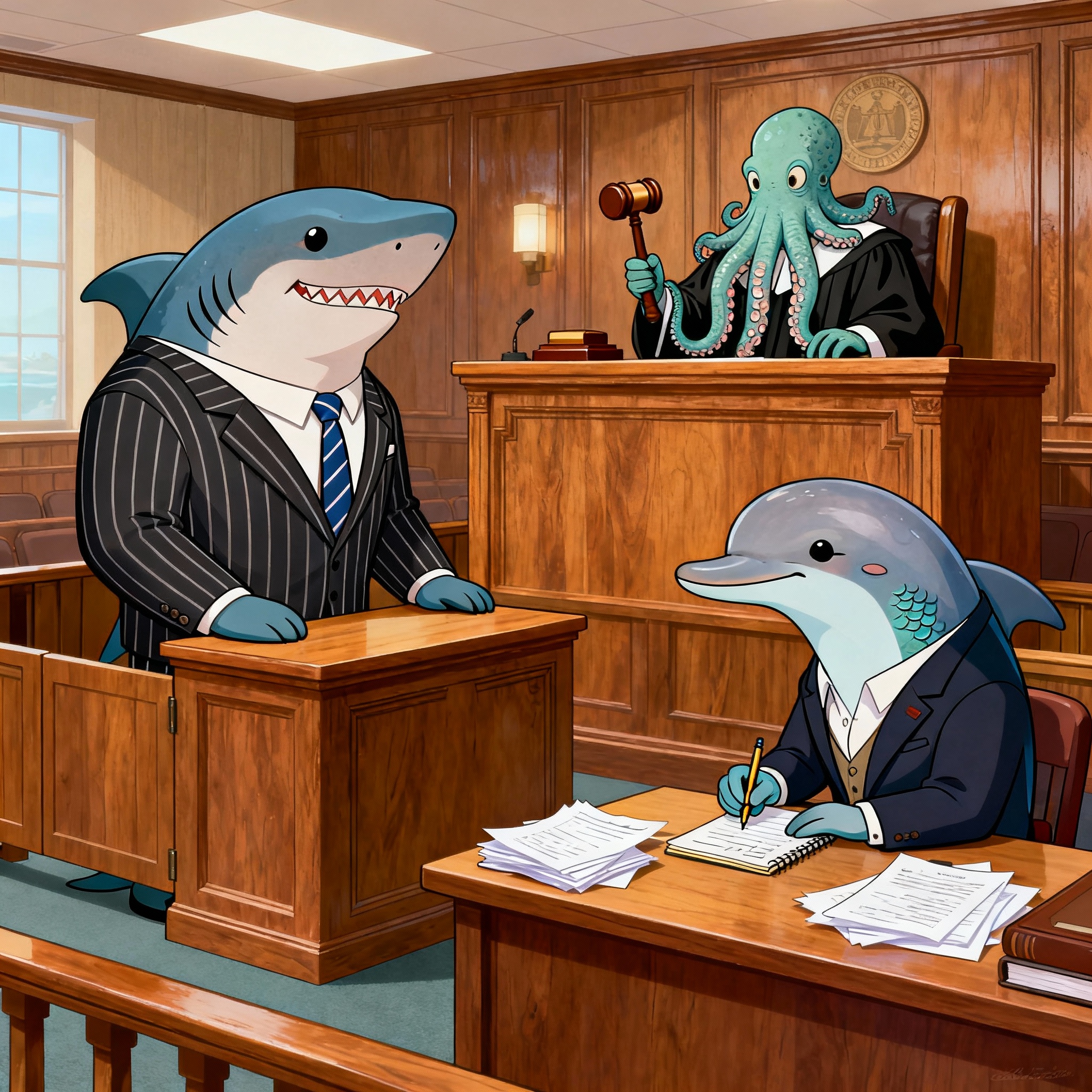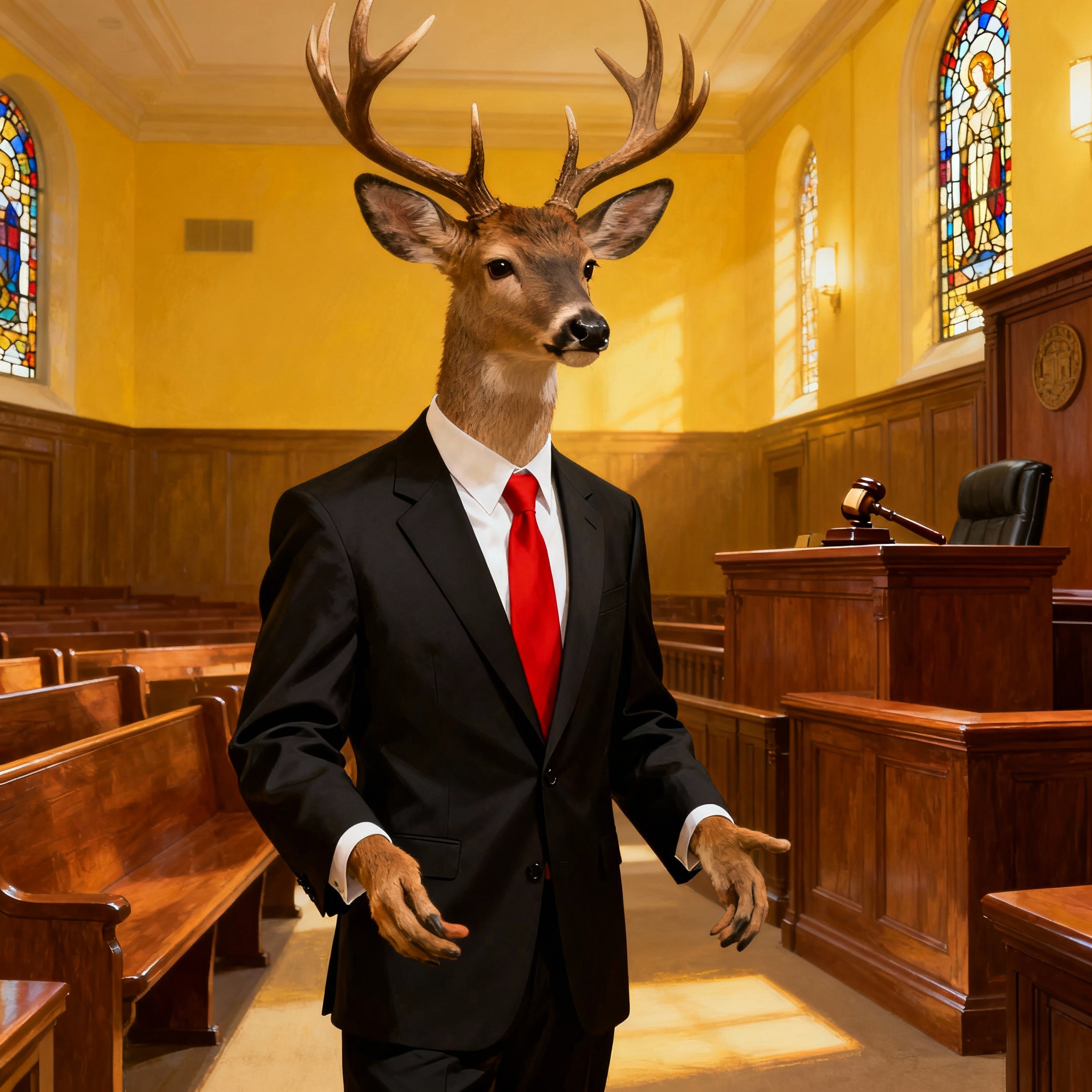Is Eel Harvesting Legal? Licenses, Seasons & Catch Limit Laws
Eel harvesting occupies a murky intersection of tradition, commerce, and conservation. For centuries, eels have slipped through rivers, estuaries, and cultural memory—but in recent decades, law has tried to catch up with their vanishing numbers. Legal guidelines around eel harvesting now operate under a principle of urgent caution, blending fishery management, environmental law, and international oversight. Read More




